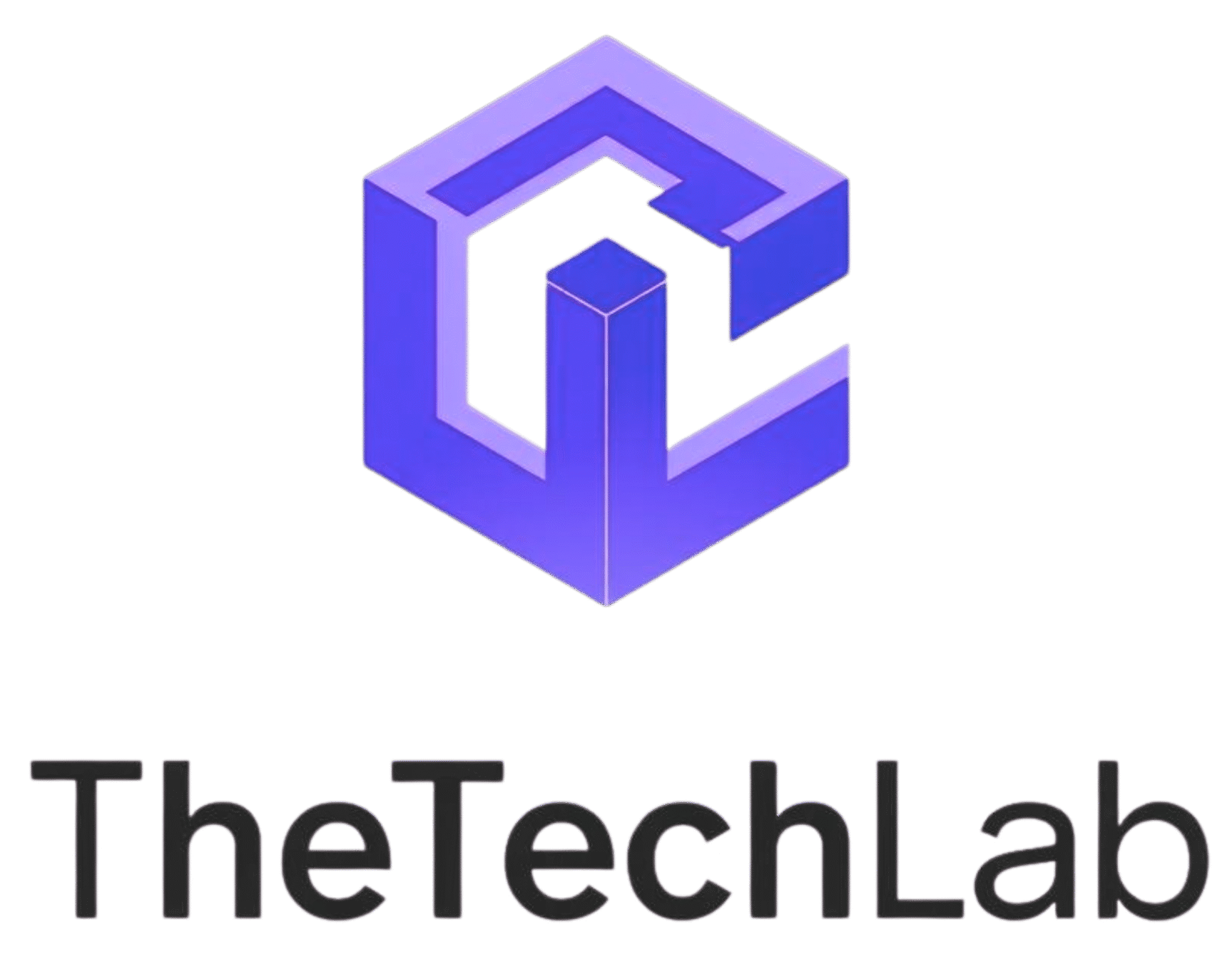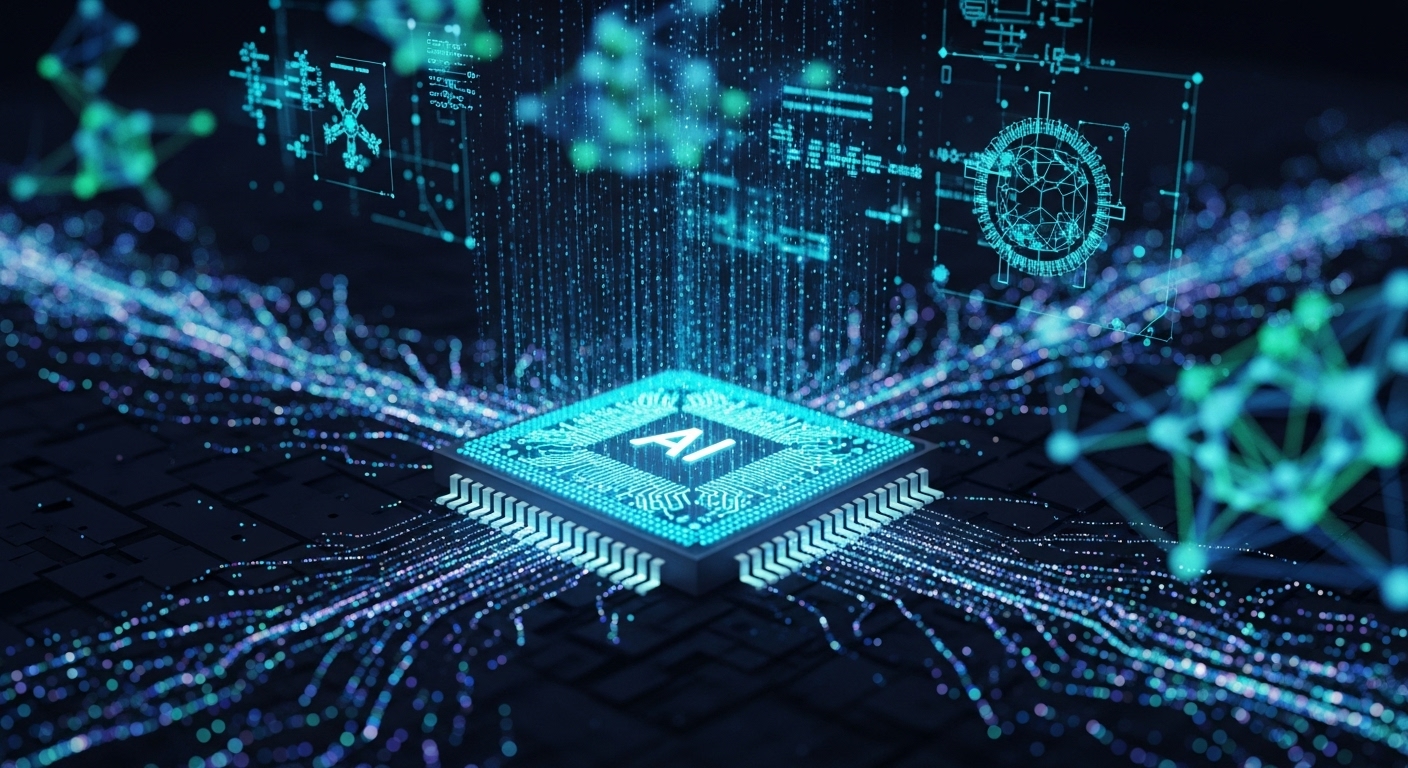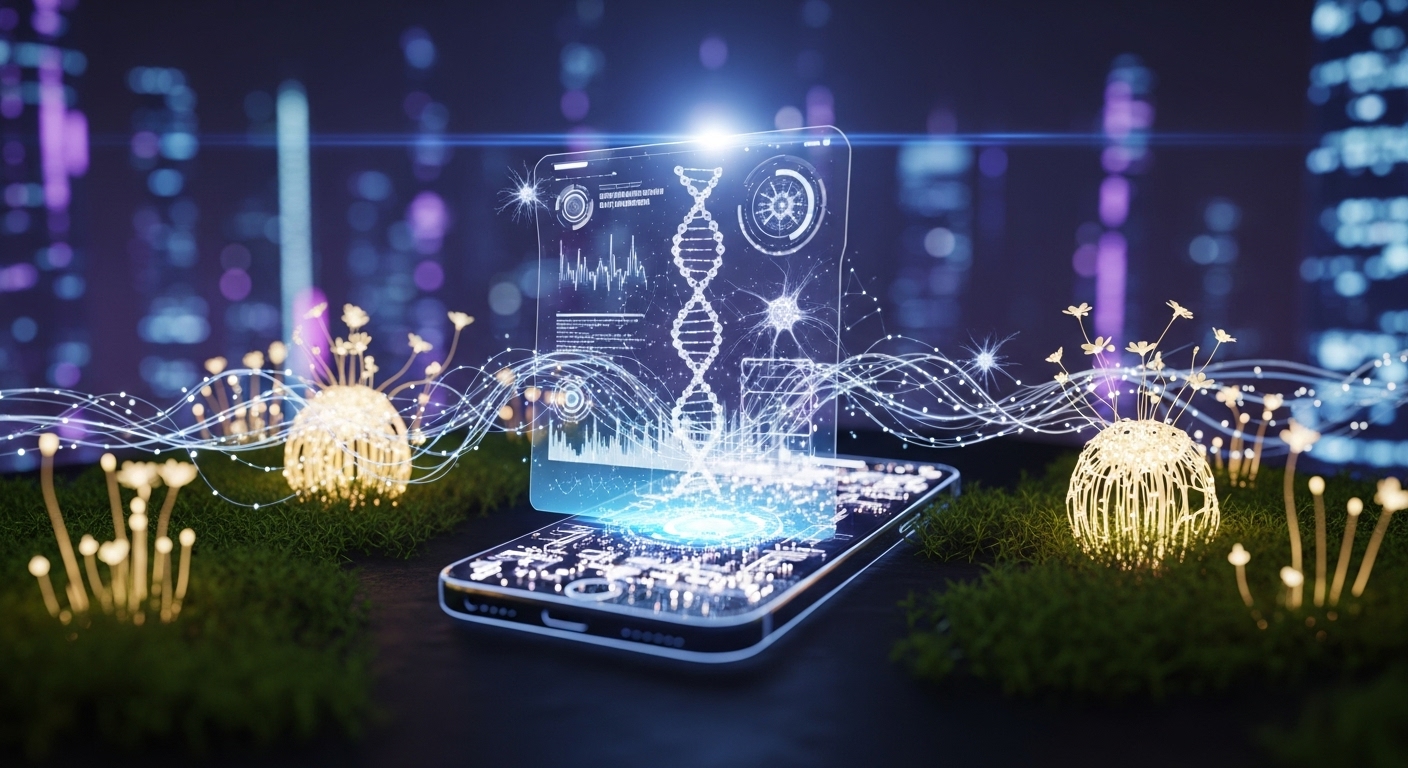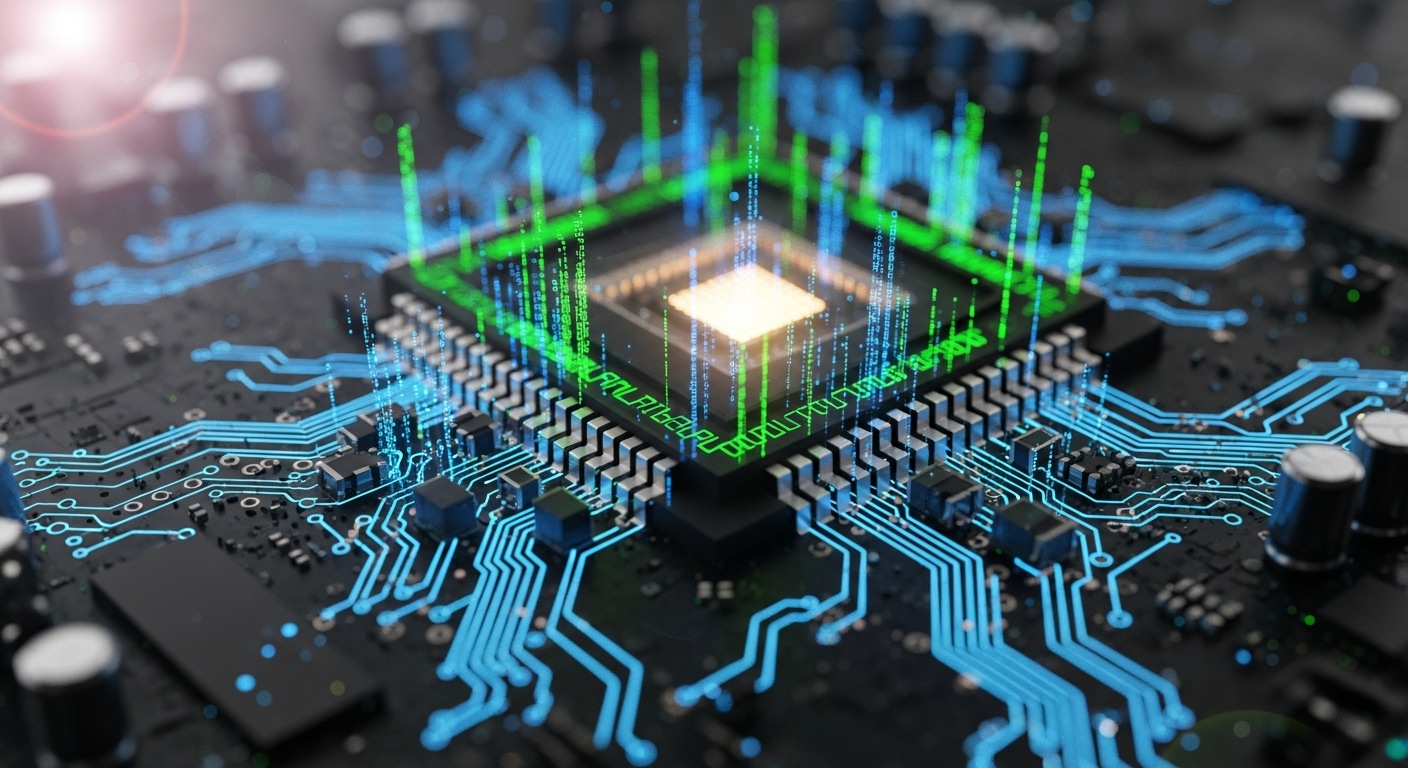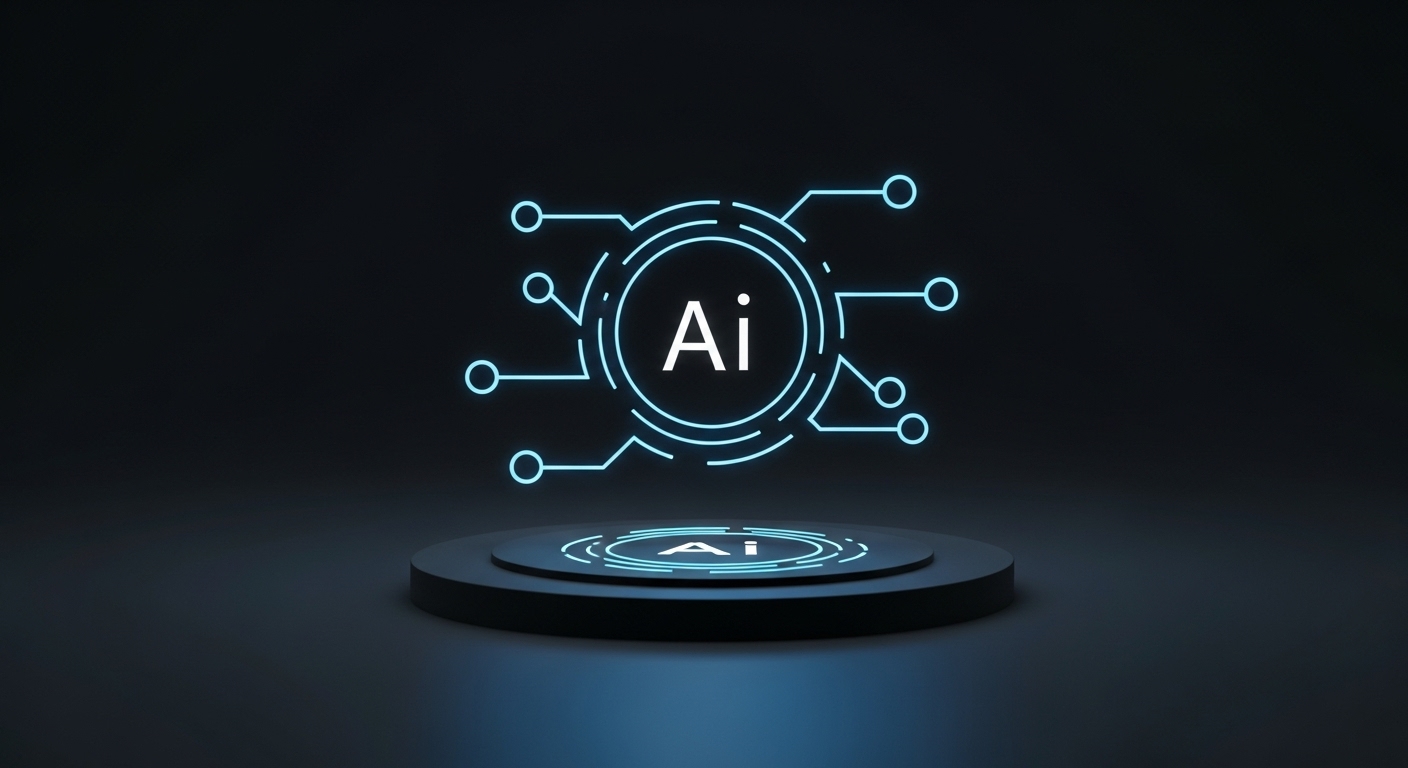Introduction: Technology as the Catalyst of Modern Civilization
Technology has become the cornerstone of contemporary life, shaping how we communicate, work, learn, and entertain ourselves. From the invention of the wheel to the rise of artificial intelligence, humanity’s technological journey reflects a continuous pursuit of improvement, efficiency, and innovation. Today, technology permeates every aspect of society, influencing economies, cultures, and personal lifestyles on a global scale.
This blog explores the multifaceted world of technology—its history, current trends, impacts, challenges, and future possibilities. It aims to provide a comprehensive understanding of how technology drives change and what it means for individuals and communities around the world.
The Evolution of Technology: From Stone Tools to Quantum Computing
The story of technology begins with simple inventions that helped early humans survive and thrive. The discovery of fire, creation of stone tools, and the development of agriculture marked humanity’s first technological milestones.
The Industrial Revolution, beginning in the 18th century, radically transformed societies with mechanization, steam engines, and mass production. It laid the groundwork for modern industry and urbanization.
The 20th century ushered in the Digital Revolution, characterized by computers, the internet, and mobile devices. These advancements fundamentally altered communication, information processing, and access to knowledge.
Currently, we stand at the cusp of the Fourth Industrial Revolution, defined by breakthroughs in artificial intelligence, robotics, biotechnology, and quantum computing. Each stage of technological evolution has expanded human potential, while also raising new ethical and social questions.
Key Technologies Shaping the Present
Several core technologies are shaping the world today, influencing industries and daily life in profound ways.
Artificial Intelligence and Machine Learning
AI enables machines to perform tasks that traditionally required human intelligence, such as language understanding, problem-solving, and pattern recognition. Machine learning, a subset of AI, allows systems to learn from data and improve over time. AI powers applications from virtual assistants and recommendation engines to autonomous vehicles and medical diagnostics.
Internet of Things (IoT)
IoT connects everyday objects—appliances, vehicles, wearable devices—to the internet, enabling them to collect and exchange data. This connectivity creates smarter homes, cities, and industries, improving efficiency, safety, and convenience.
Blockchain Technology
Originally devised for cryptocurrencies, blockchain offers secure, decentralized transaction recording. Its applications extend beyond finance to supply chain management, healthcare, voting systems, and digital identity verification.
5G Connectivity
The rollout of 5G networks provides ultra-fast, low-latency internet access, enabling innovations in smart infrastructure, augmented reality, and remote work. It lays the foundation for a more connected and responsive world.
Cloud Computing
Cloud services provide scalable computing resources over the internet, allowing individuals and businesses to store data, run applications, and collaborate without local infrastructure. This has transformed software delivery, data management, and business models.
Technology’s Impact on Communication and Social Interaction
Technology has revolutionized how humans connect and communicate. The internet and mobile technologies have broken down geographical barriers, enabling instant communication across the globe.
Social media platforms allow people to share their thoughts, experiences, and creativity widely, fostering communities based on shared interests rather than physical proximity. Video conferencing and messaging apps facilitate remote work and social interactions, making it possible to maintain relationships despite physical distance.
However, these changes come with challenges. Issues such as misinformation, online harassment, and privacy concerns highlight the complex dynamics of digital communication. Understanding how technology shapes social behaviors is crucial for fostering healthy online environments.
The Transformation of Work and Industry
The workplace has undergone radical changes driven by automation, digital tools, and global connectivity.
Automation and robotics have taken over repetitive and hazardous tasks in manufacturing, logistics, and agriculture, improving safety and productivity. Meanwhile, digital platforms enable remote work, flexible schedules, and gig economy opportunities.
Artificial intelligence supports decision-making, customer service, and creative processes, augmenting human capabilities rather than replacing them entirely.
While these advances increase efficiency, they also raise questions about job displacement, workforce reskilling, and equitable access to opportunities. Preparing workers for the future economy requires investment in education and training aligned with technological trends.
Education in the Digital Age
Technology has transformed education from traditional classrooms to dynamic, accessible learning environments. Online courses, interactive simulations, and educational apps provide personalized learning experiences for diverse audiences.
Distance learning, accelerated by the global pandemic, demonstrated how digital platforms can sustain education across barriers of geography and circumstance.
Emerging technologies such as virtual reality and artificial intelligence promise further enhancements by creating immersive and adaptive learning scenarios.
Despite these opportunities, challenges remain around digital divide, ensuring equitable access to technology, and addressing screen fatigue and social interaction needs in education.
Healthcare Innovation through Technology
Technology is revolutionizing healthcare by improving diagnostics, treatment, and patient care.
Telemedicine allows patients to consult doctors remotely, increasing access especially in underserved regions. Wearable devices monitor health metrics continuously, providing real-time data to both patients and healthcare providers.
AI algorithms assist in analyzing medical images, predicting disease outbreaks, and personalizing treatment plans. Robotics aid surgeries with precision beyond human capabilities.
Data analytics help public health officials track and respond to pandemics efficiently. However, concerns about data privacy, regulatory oversight, and ethical considerations of AI in healthcare must be carefully managed.
Entertainment and Media in a Connected World
Digital technology has transformed how entertainment is created, distributed, and consumed.
Streaming services provide on-demand access to movies, music, and games, disrupting traditional media industries. User-generated content on platforms such as video-sharing and social networks empowers creators and diversifies voices.
Virtual and augmented reality are creating new immersive forms of entertainment that engage multiple senses and invite participation rather than passive viewing.
Artificial intelligence personalizes content recommendations, enhances visual effects, and even generates creative works, changing the role of artists and producers.
The blending of technology and entertainment offers exciting possibilities but also raises questions about attention spans, content quality, and digital well-being.
Environmental Technology and Sustainable Innovation
Technology plays a critical role in addressing environmental challenges through innovations that promote sustainability.
Renewable energy technologies like solar, wind, and hydropower reduce reliance on fossil fuels and help mitigate climate change.
Smart grids and energy management systems optimize consumption and distribution, increasing efficiency.
Electric vehicles and advances in battery technology contribute to cleaner transportation.
Precision agriculture uses sensors, drones, and data analytics to maximize crop yields while minimizing resource use.
Environmental monitoring technologies track pollution and biodiversity, supporting conservation efforts.
As technology advances, its ecological footprint and ethical implications must be evaluated to ensure sustainable progress.
Ethical Considerations and Challenges in Technology
Rapid technological advancement brings complex ethical issues that society must address.
Privacy concerns arise from extensive data collection and surveillance capabilities. Protecting individuals’ rights requires robust laws and transparent practices.
Bias in AI algorithms can reinforce social inequalities unless diverse data and inclusive design principles are applied.
The impact of automation on employment demands responsible planning and social safety nets.
Cybersecurity threats endanger personal data, business operations, and national security.
Digital addiction and misinformation present societal risks that require awareness and education.
Ethical frameworks and interdisciplinary collaboration are essential to guide responsible technological development.
The Future: Emerging Technologies and Their Potential
Looking forward, several emerging technologies promise to further transform life and society.
Quantum computing, with its immense processing power, could revolutionize fields from cryptography to drug discovery.
Advanced AI systems may achieve general intelligence, enabling machines to perform any intellectual task a human can.
Brain-computer interfaces could enable direct communication between humans and machines, opening new avenues for interaction and therapy.
Space technology and exploration continue to advance, with ambitions for lunar bases and Mars missions.
Synthetic biology and nanotechnology may reshape medicine, manufacturing, and materials science.
The challenge lies in steering these innovations toward equitable, ethical, and sustainable outcomes.
Conclusion: Embracing Technology with Responsibility and Vision
Technology is a powerful tool capable of immense good and profound challenges. Its evolution reflects human creativity and aspiration but also calls for conscious stewardship.
By understanding technological trends, impacts, and ethical concerns, individuals, organizations, and governments can harness technology to build a more connected, inclusive, and sustainable future.
The journey of technology is ongoing, inviting all of us to participate thoughtfully in shaping the world of tomorrow.
